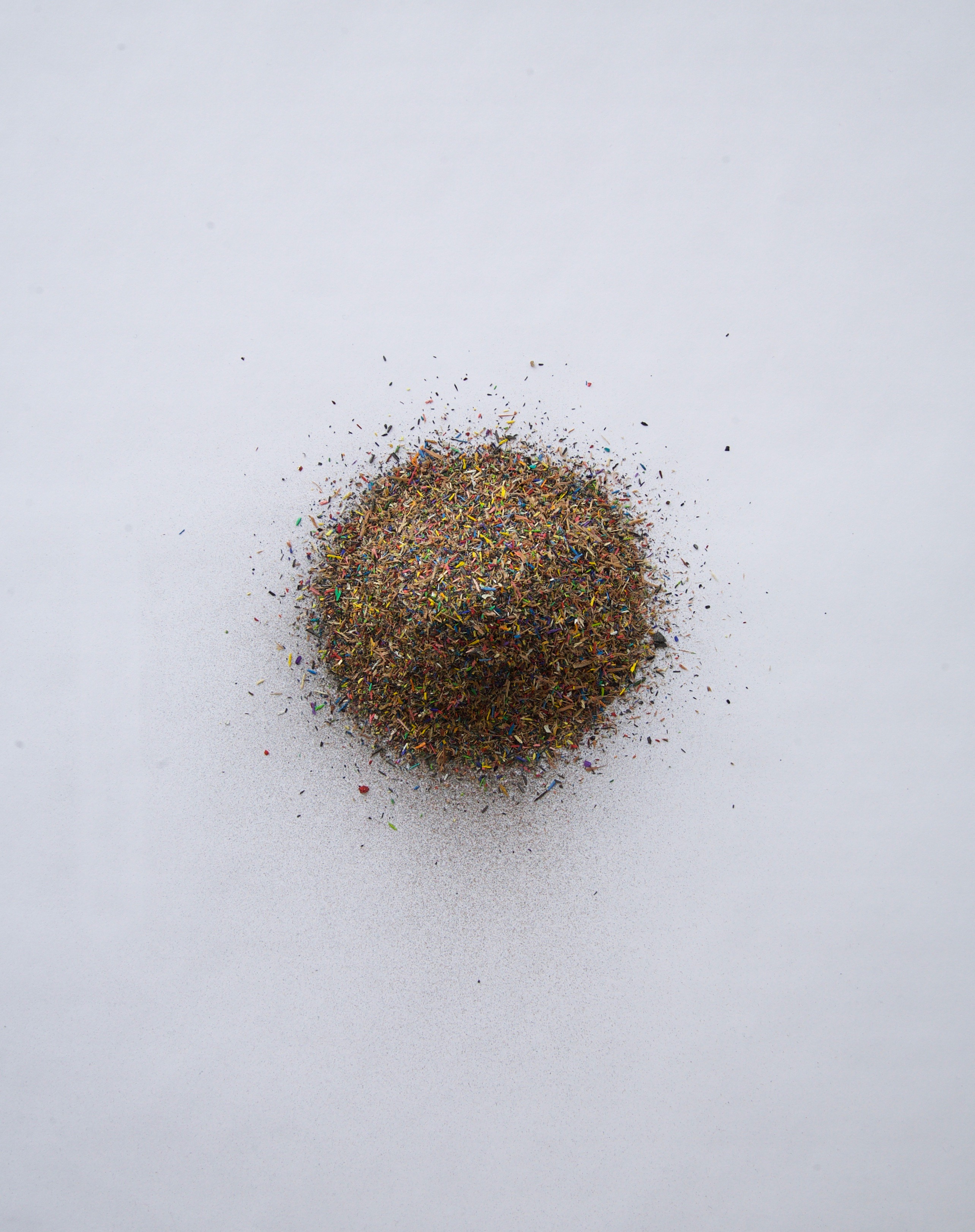
The Master of Fine Arts (MFA) Thesis Exhibition is the culminating event of the Master of Fine Arts degree in Art. This year, the School of Art, Art History & Design has three groups of students presenting a thesis exhibition. Within each group is three distinct exhibitions. The third group includes Patrick Kingshill: A Synthesis of Structures: Reflections on the Built Environment; Zora J Murff: Re-Making The Mark; and Pecos Pryor: Time and Lines.
This third group of MFA thesis exhibitions runs April 16-20 in Eisentrager•Howard Gallery. The artists will give a talk at 3:30 p.m. on April 20th in Richards Hall 15, followed by a closing reception from 5:00-7:00 p.m. in Eisentrager•Howard Gallery.
Patric Kingshill | A Synthesis of Structures: Reflections on the Built Environment
I am particularly fascinated by the built environment that I exist in, and this fascination has directly influenced my work as a ceramicist and woodworker. My studio practice has served as a venue for me to curate that environment in order to make sense of my place within it. I seek connectivity and commonality among the many musing subjects that I have come across in my life, if only to better understand my own personal values of aesthetics. My studio practice challenges me to find links between the many different designers, builders and craftspeople of today and throughout history, and discover the ways that we humans interpret and manipulate the world we live in. “A synthesis of Structures” is a curated collection of arranged objects that speak directly to the many influences from my surrounding environment.
Zora J Murff | Re-Making The Mark
The passing of the National Housing Act of 1934 brought with it the practice of redlining—refusing loans to people of color in segregated areas because those areas were deemed a poor financial risk. This practice perpetuated the socioeconomic divide by race through the denial of access to wealth. This is a history experienced by the historically Black neighborhood of North Omaha, Nebraska, the community in which Zora J Murff makes his work. Is there a difference between a lynched body in 1919? The condemning of a family home long abandoned? The forced removal of a community through the construction of a freeway? A landscape shaped through generations of segregationist legislation? With his creative work, Murff mixes imagery and history to prompt inquiry into not only how racial violence has been supported through photography, but how it can also become a subversive code to interrupt collective belief. Using photography, sculpture, and archival objects, he reinterprets and re-presents a complex American narrative about power, race, and violence.
Pecos Pryor | Time and Lines
Partnered with curiosity, I began this series by exploring the potential of drawing materials. How far and for how long can a single sharpened pencil last? What does a mile of lines look like? These curiosities parallel my life’s larger questions: how many years will I have with my parents? What do I want to do for the rest of my life? As time is the border of a life, I have used distance and duration as the self prescribed perimeter for these images. The various expressions of time and distance are a metaphor of our mortality and most of all, our potential.
The process is the impetus—time, distance, and materials become means to explore the significance of the rituals of everyday life. Mostly what I’ve found is that the spectacular occurs within life’s natural procession.